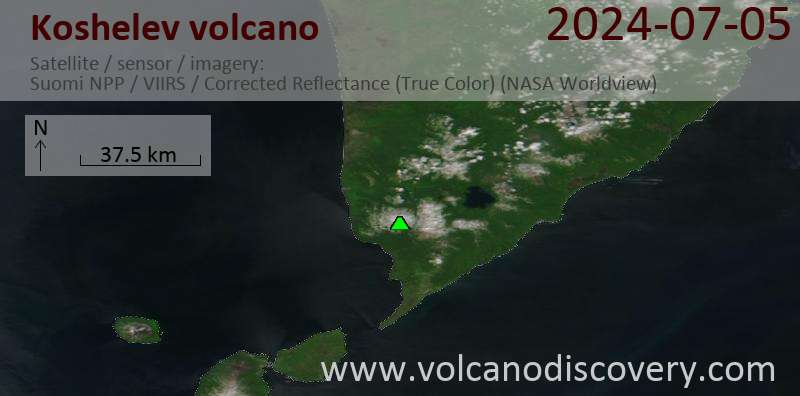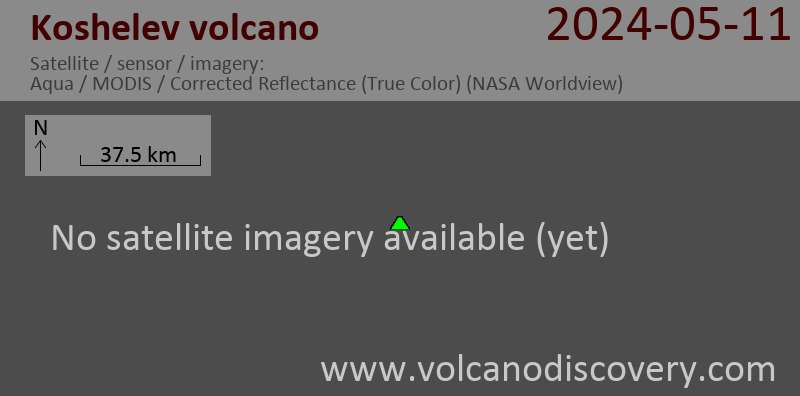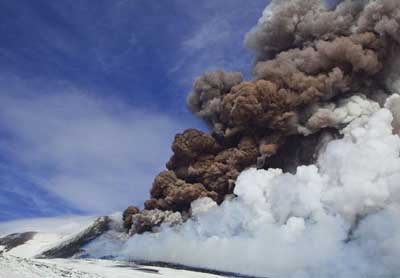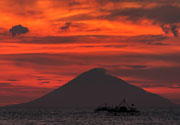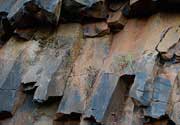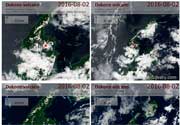Kos Volcano
Updated: 16 mayo 2024 20:34 GMT -
Caldera(s) 430 m / 1411 ft
Aegean Sea, Greece, 36.85°N / 27.25°E
Current status: (probably) extinct (0 out of 5)
Aegean Sea, Greece, 36.85°N / 27.25°E
Current status: (probably) extinct (0 out of 5)
[smaller] [larger]
Erupciones del volcán Kos: None during the past 10,000 years
Less than 2.58 million years ago (Pleistocene)
Latest nearby earthquakes
| Fecha / Hora | Revista / Prof. | Distancia / Ubicación | |||
| 14 may 02:13 (Athens) | 1.7 8.1 km | 9.7 km al sureste | Más | ||
| domingo, 12 mayo 2024 GMT (1 sismo) | |||||
| 12 may 09:04 (Istanbul) | 2.2 1.1 km | 10.6 km al norte | Más | ||
| domingo, 5 mayo 2024 GMT (1 sismo) | |||||
| 5 may 19:39 (Istanbul) | 1.9 7 km | 28 km al este | Más | ||
| sábado, 4 mayo 2024 GMT (1 sismo) | |||||
| 4 may 03:05 (Istanbul) | 1.5 7.8 km | Más | |||
| viernes, 3 mayo 2024 GMT (1 sismo) | |||||
| 4 may 02:39 (Athens) | 2.3 15 km | 22 km al noroeste | Más | ||
Background
The island of Kos is dominantly non-volcanic but contains Miocene to Pleistocene volcanic centers. The Kamari caldera is of mid-Pleistocene age and contains the 1.0-0.55 million-year-old, post-caldera Zini lava dome. The formation of a large caldera deposited the widespread Kos Plateau Tuff (erupted about 160,000 years ago), which blankets much of the western half of Kos and originated from a stratovolcano between Kos and Nisyros islands. The caldera dimensions are uncertain, but may extend as much as 20 km from Kefalos Bay in SW Kos Island to Nisyros Island. Remnants of the pre-eruption stratovolcano are preserved on the islets of Pachia and Pyrgousa and as submarine volcanic rocks on Nisyros. Kos was included in the Catalog of Active Volcanoes of the World (Georgalas, 1962) based on its geothermal activity. Several solfatara fields are present, including Vromotopos at Kefalos Isthmus on the western side of the island and a group of thermal areas at the eastern side of Kos. Thermal activity consists of weak hydrogen sulfide emission, sulfur deposits, and two hot springs along the southeastern coast.---
Smithsonian / GVP volcano information
Kos Volcano Photos
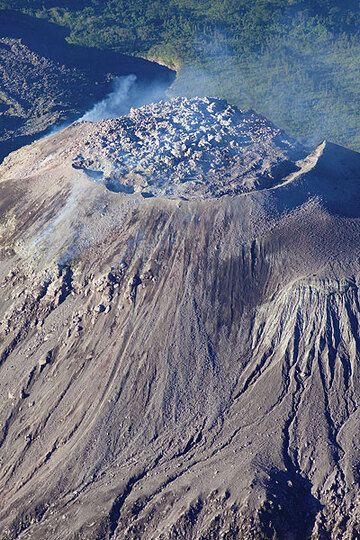
El domo de lava Caliente de Santiaguito consiste en lava viscosa, en su mayoría solidificada, que tapa el respiradero circular. (Photo: Tom Pfeiffer)
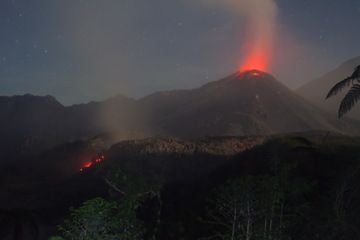
Domo de lava del Santiaguito y el viscoso flujo de lava activo visto desde el sur (Photo: Yashmin Chebli)
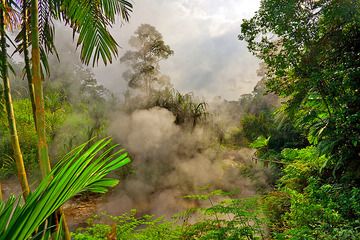
Bosque tropical y el vapor de las piscinas de lodo hirviente en la zona hidrotermal de Cipanas. (Photo: Tobias Schorr)
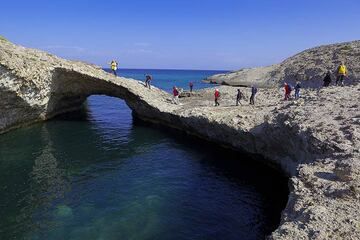
Puente natural formado por la erosión marina hacia el depósito de ceniza blanca y piedra pómez cerca de Papafrakos. Un buen lugar para una foto de grupo... (Photo: Tom Pf...





